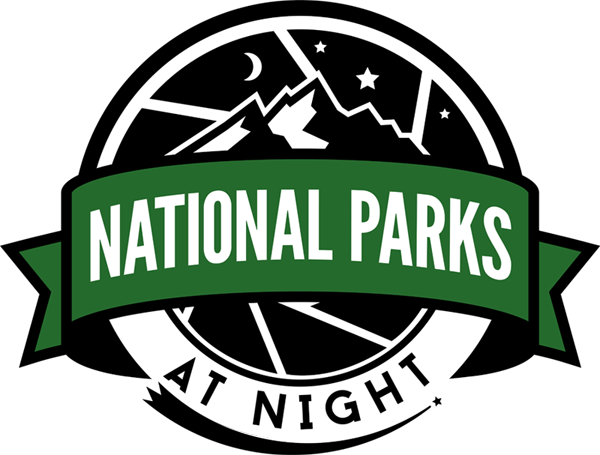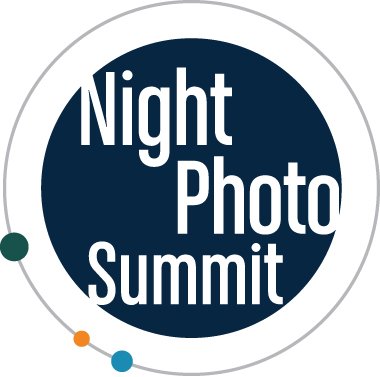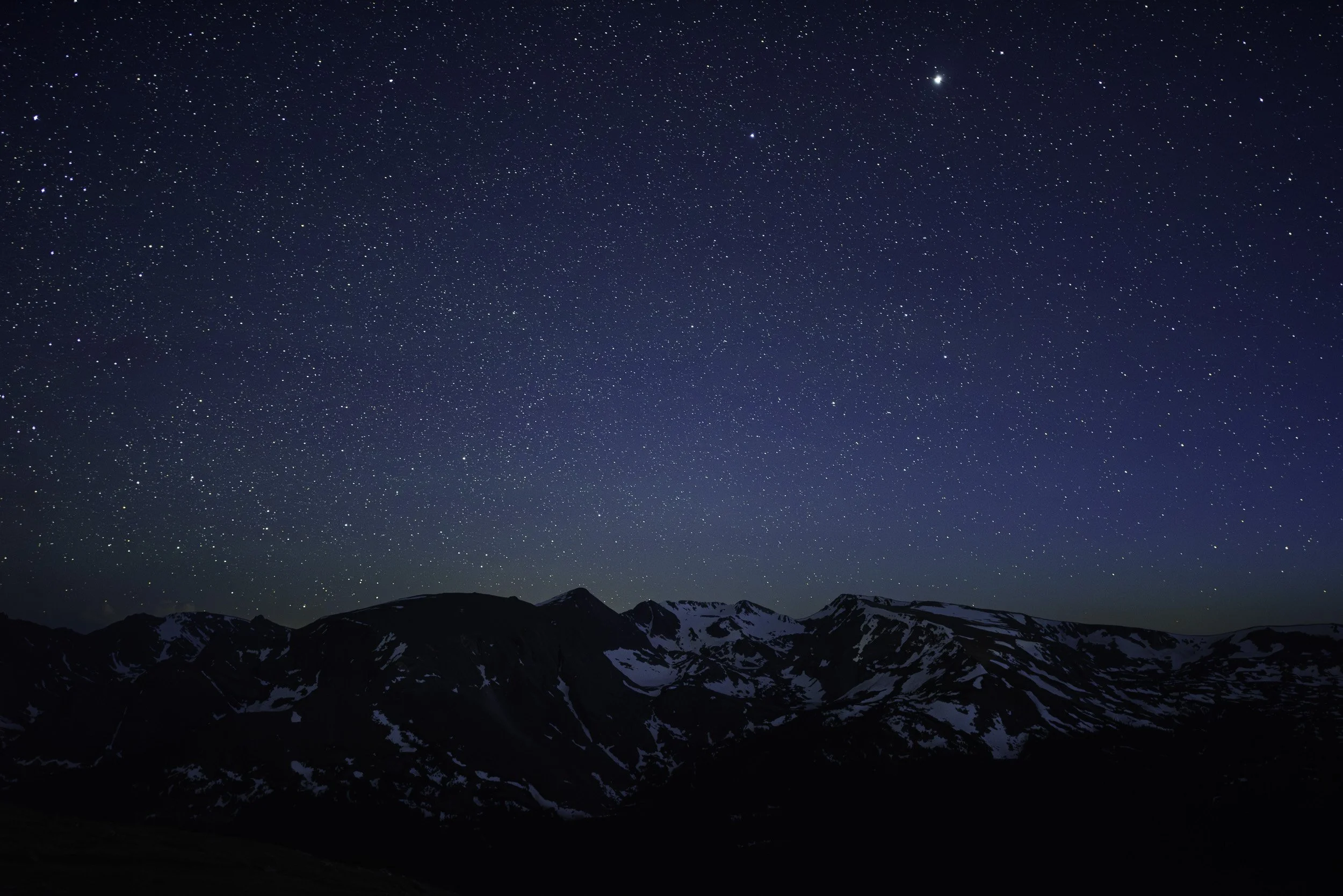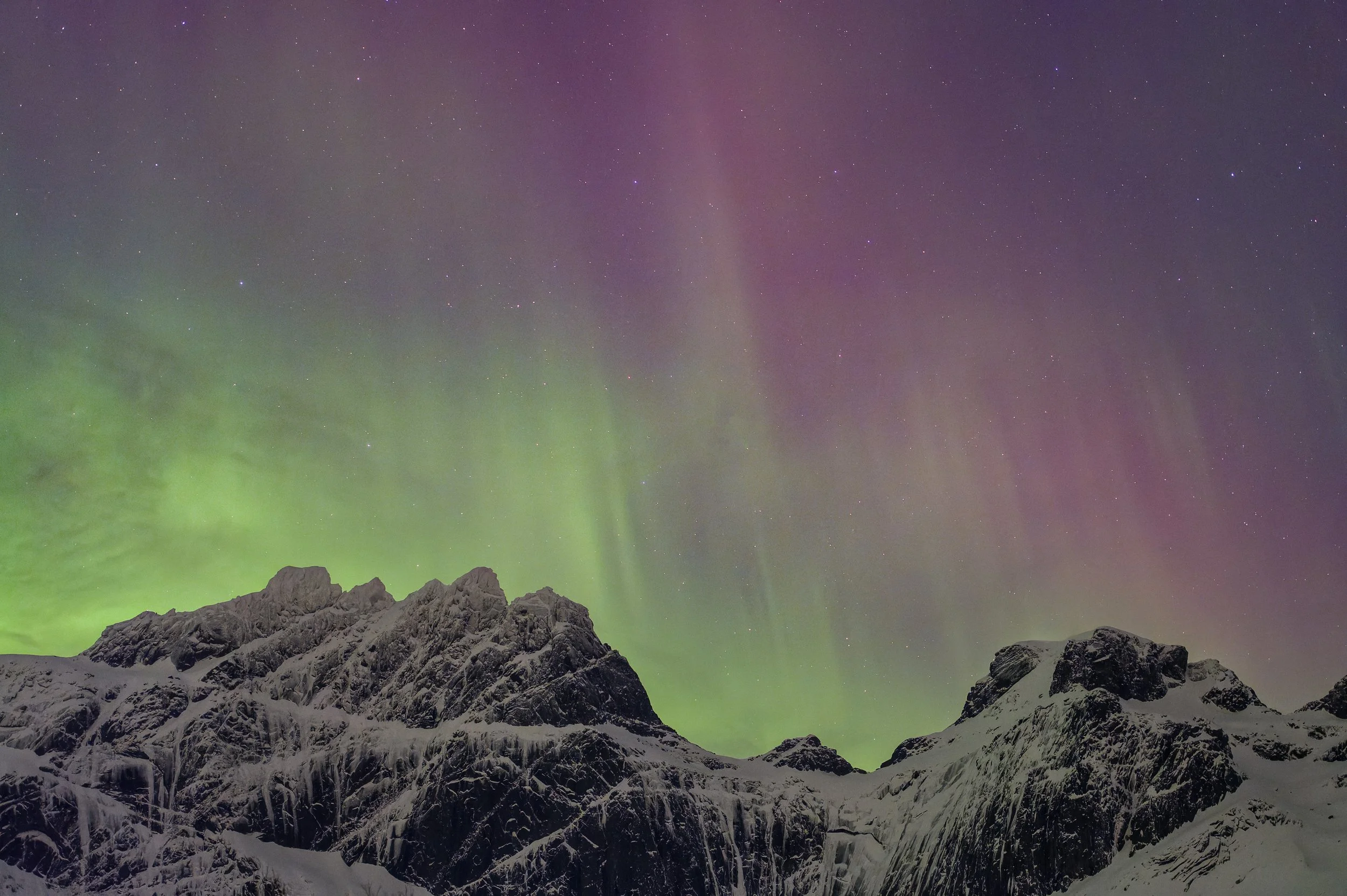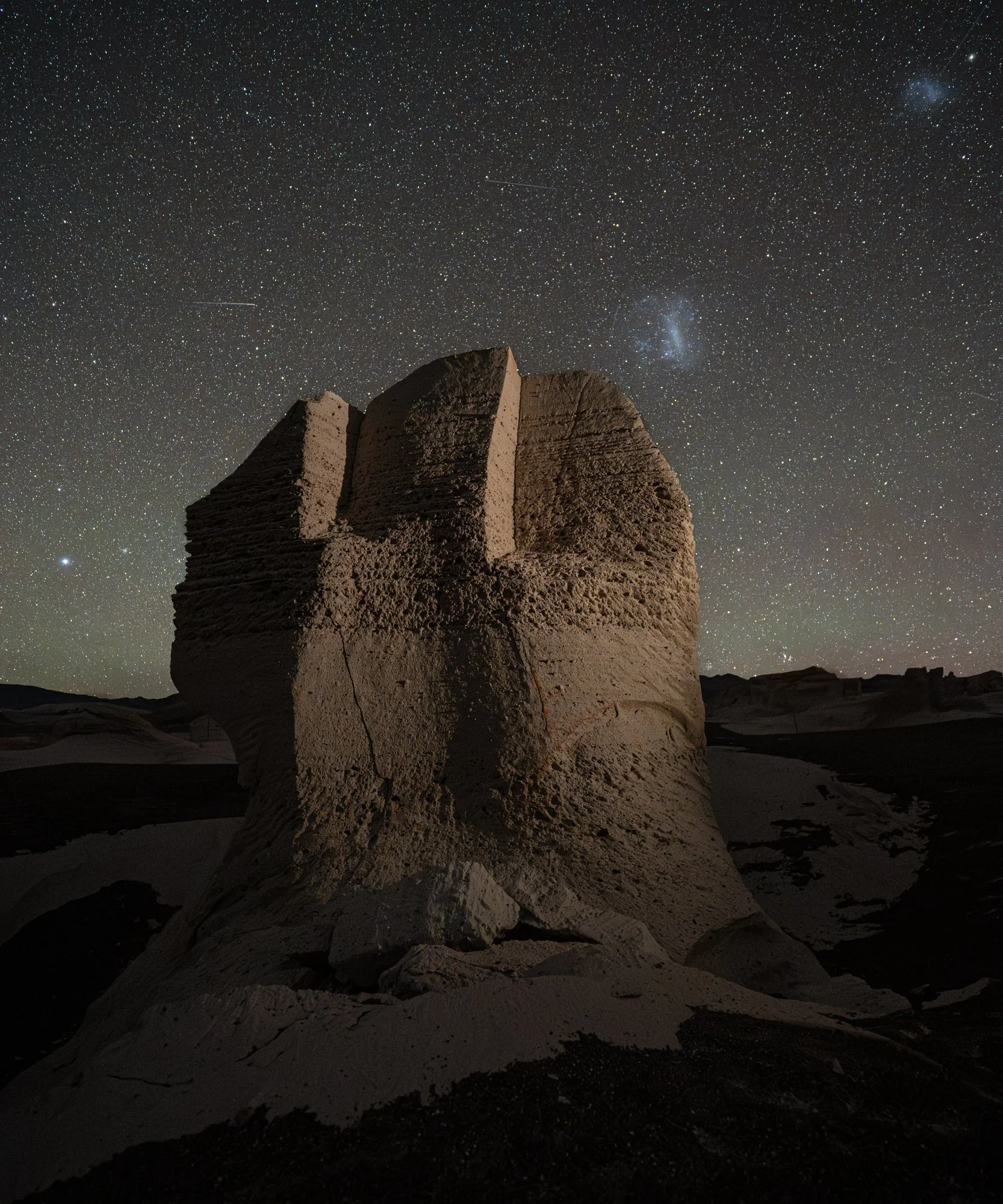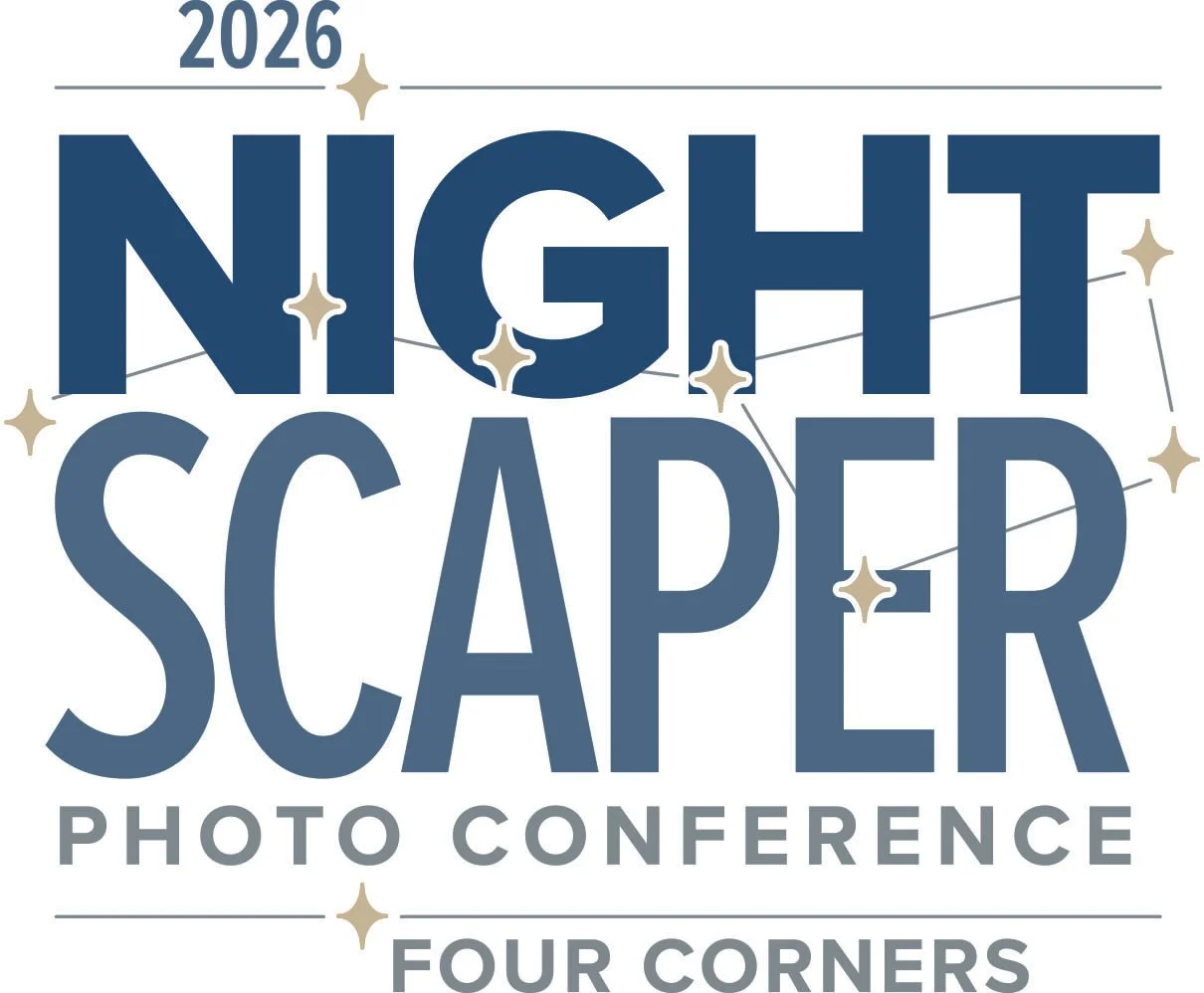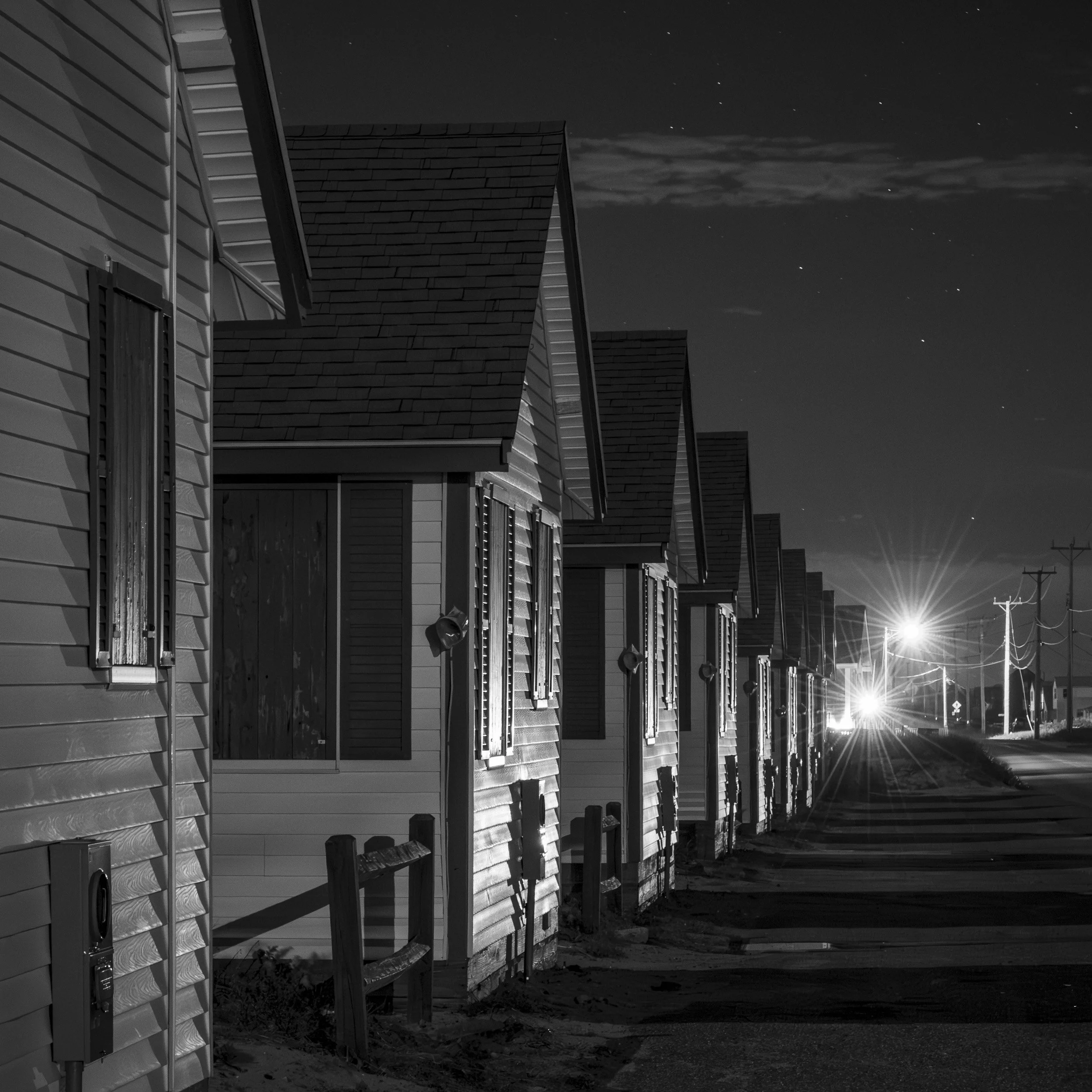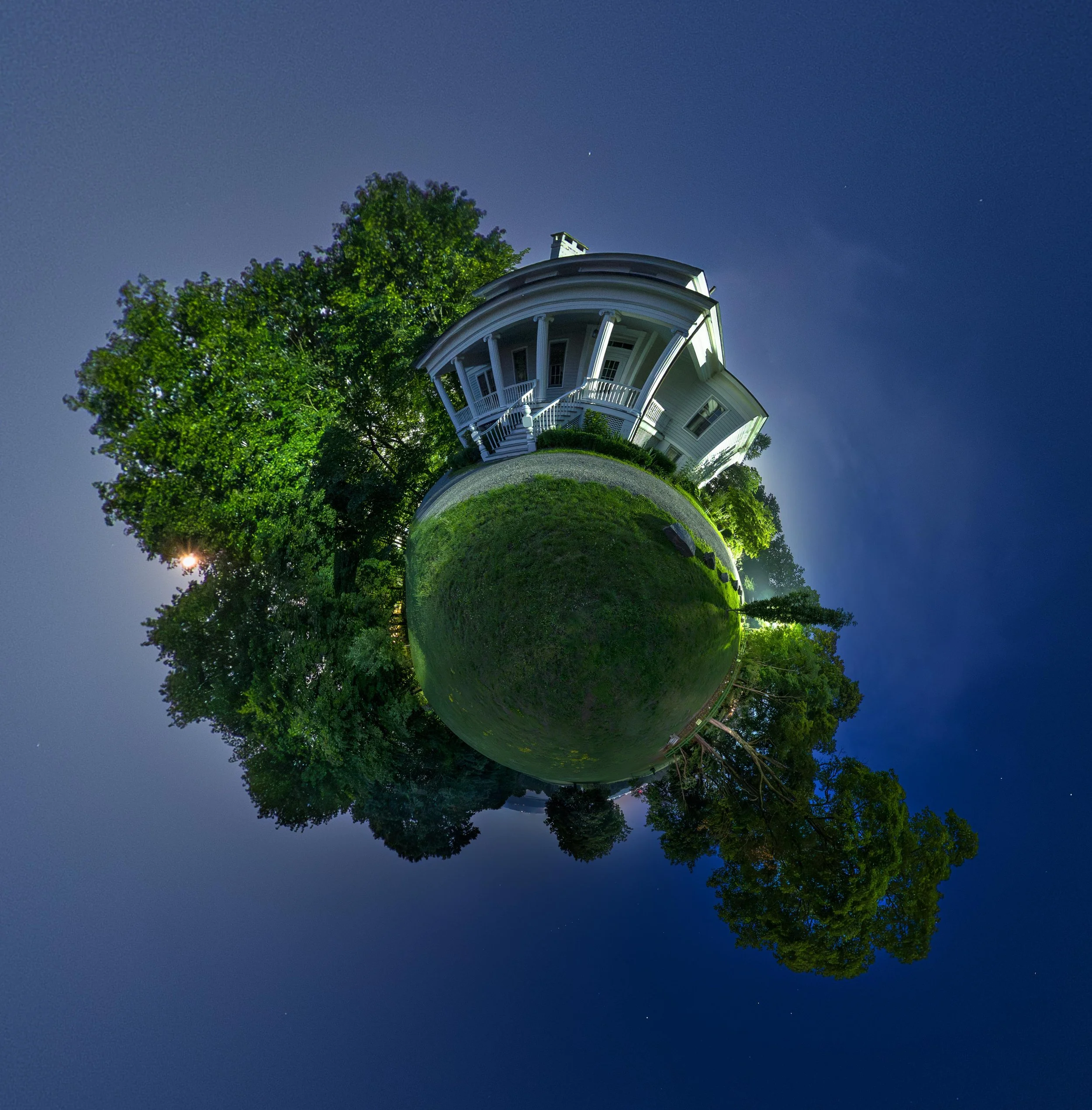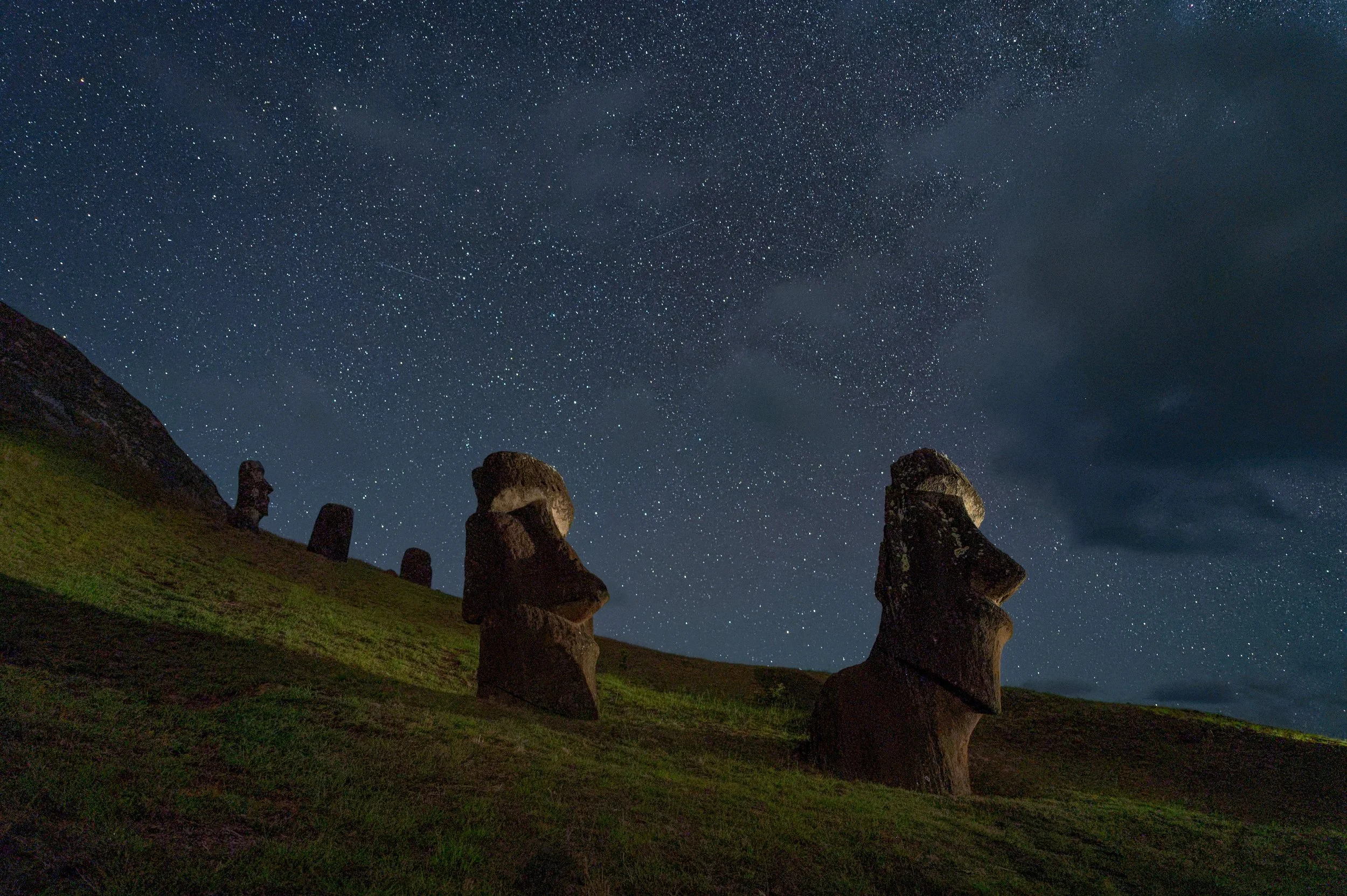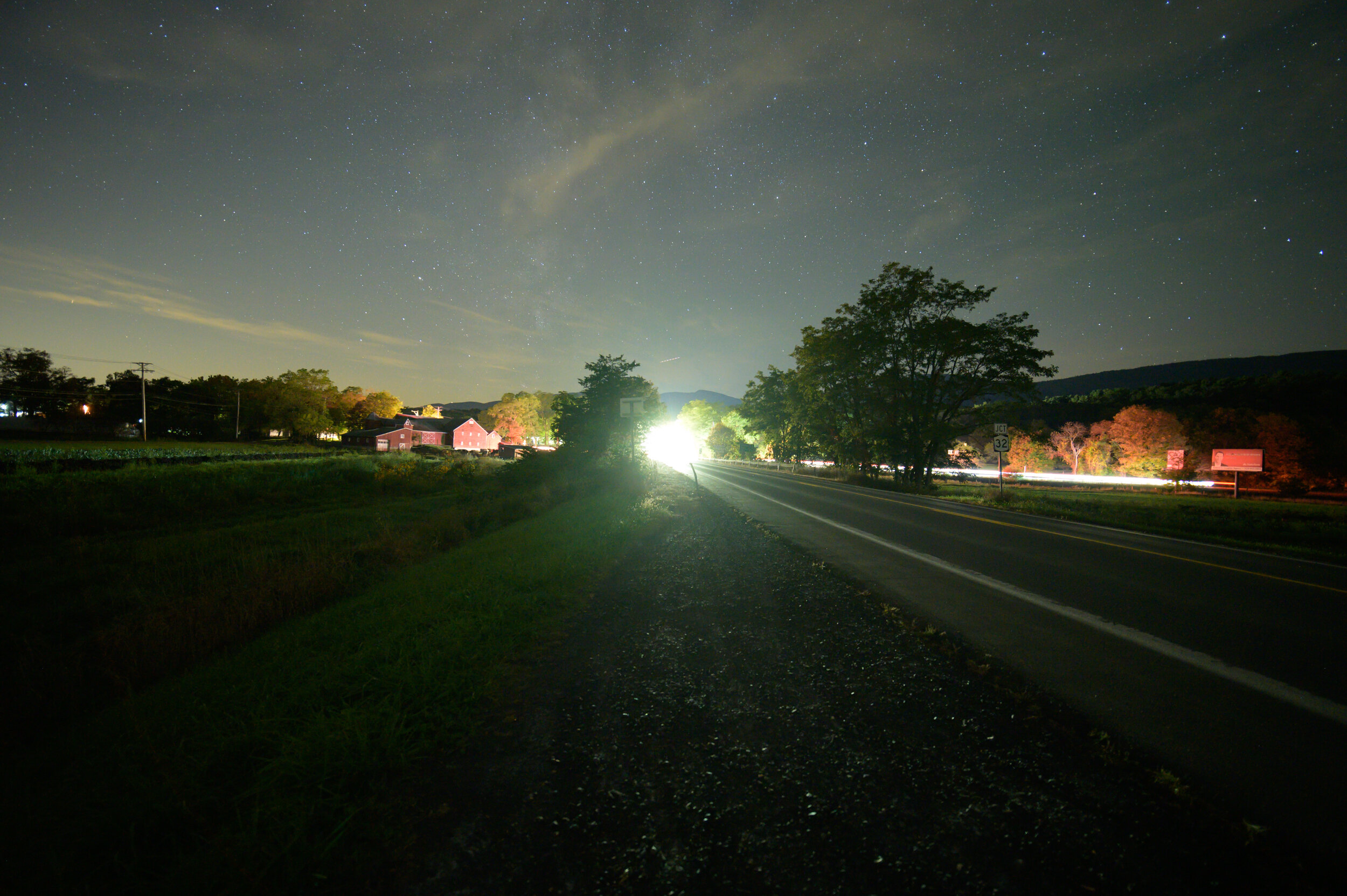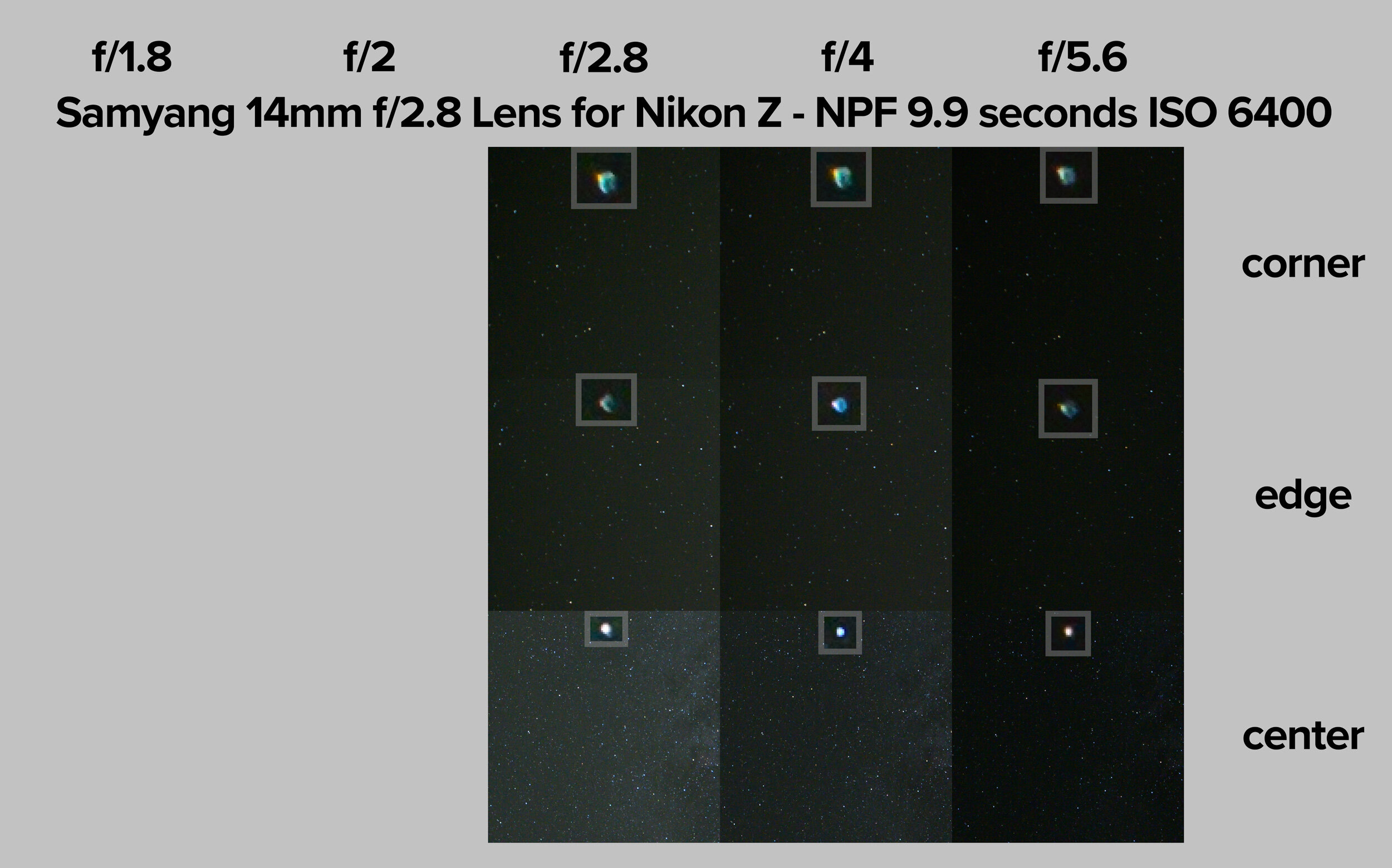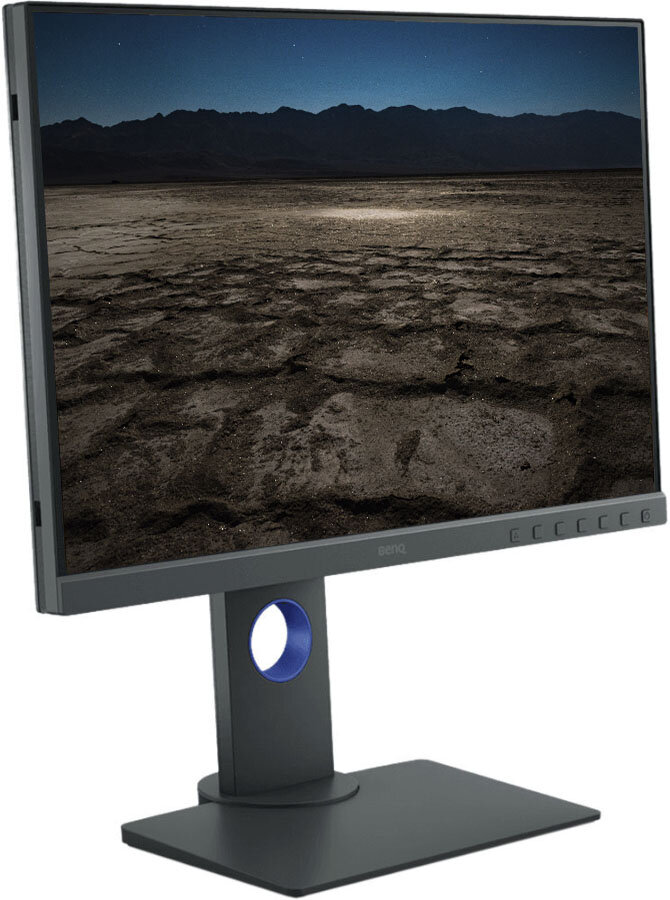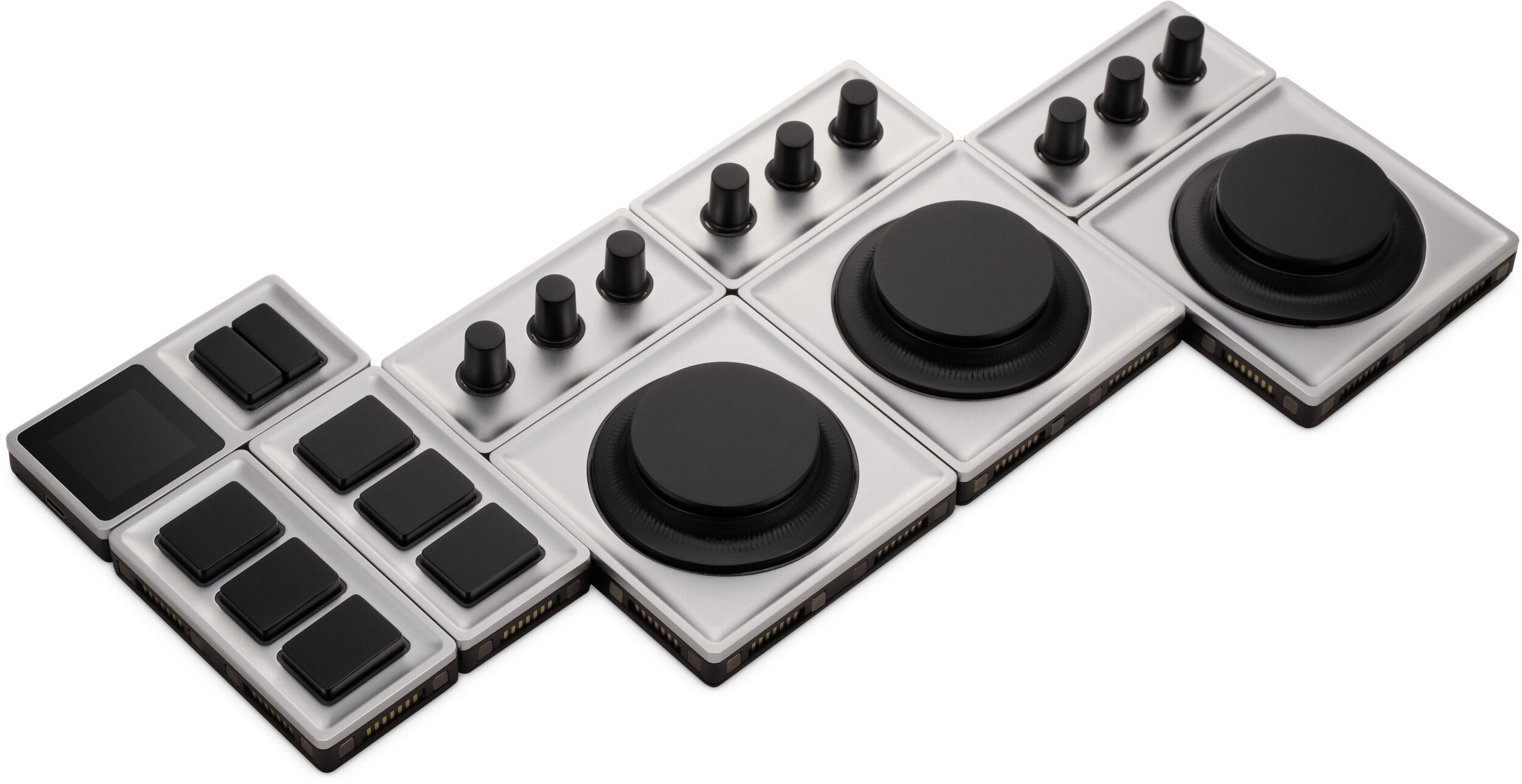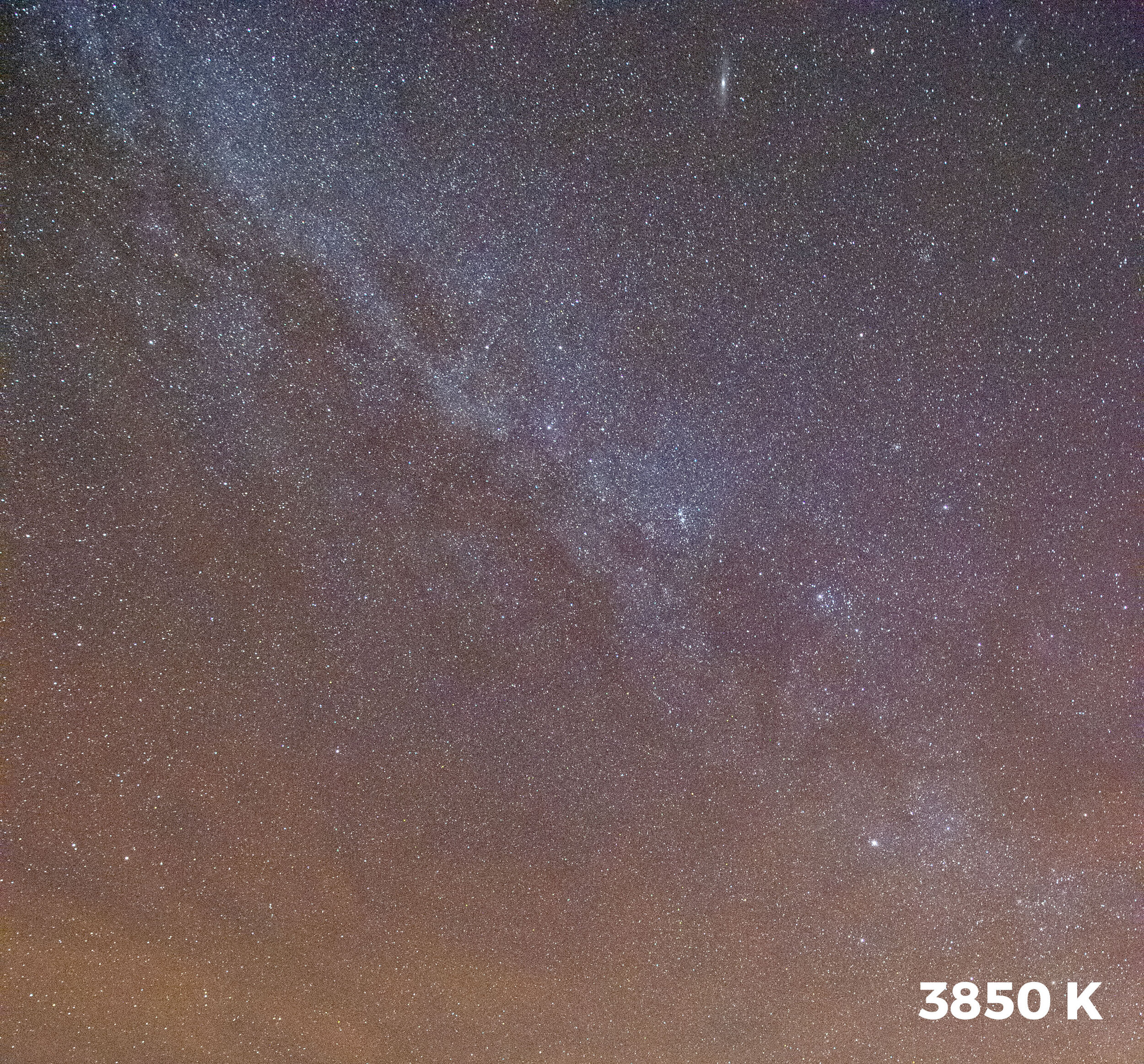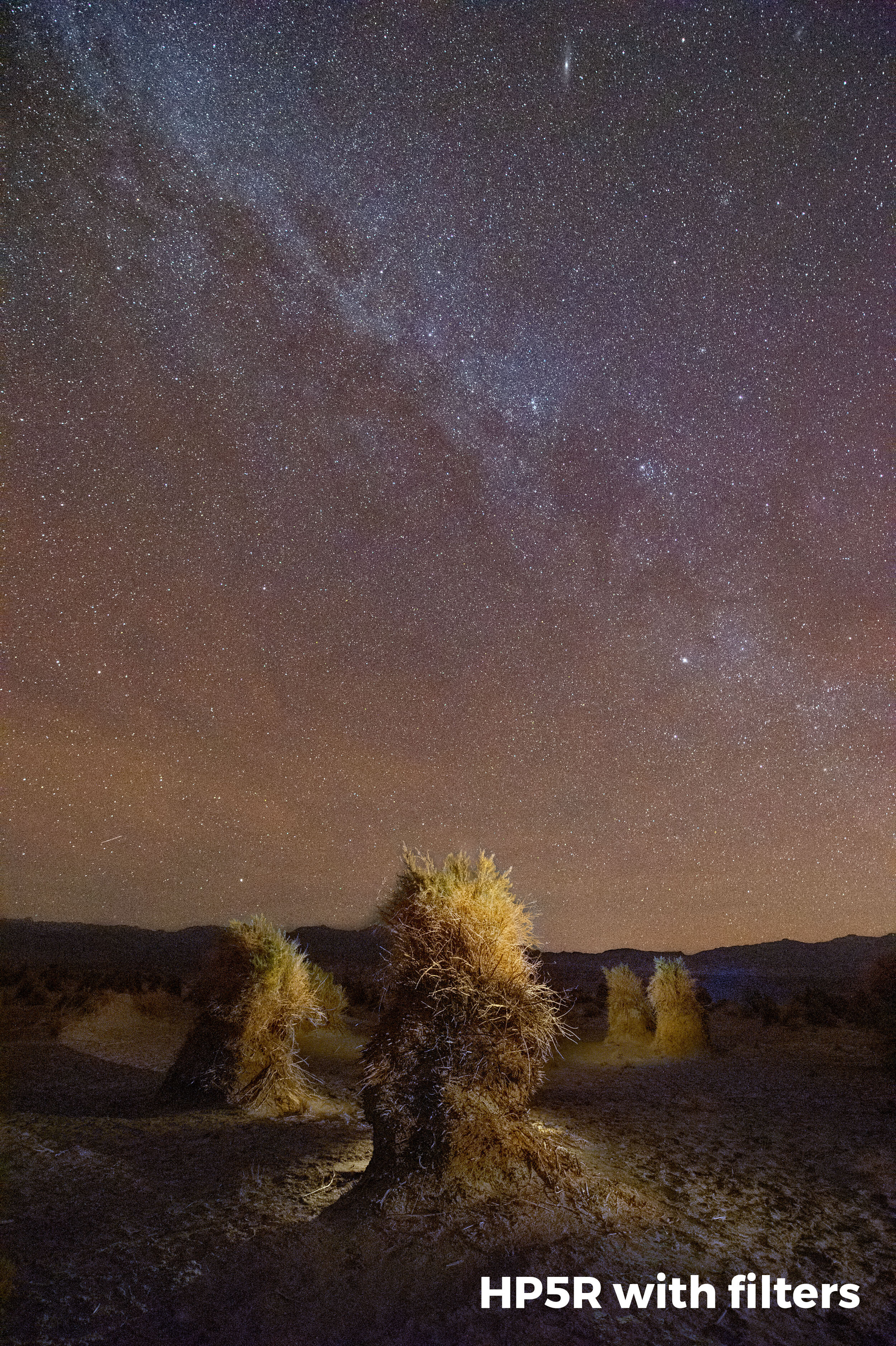The holiday festivities are in full swing, and everywhere you look—from the stores to the streets, from the houses to the parks—the world is sparkling with a celebration of lights.
All this holiday cheer warms the spirits and sends people out in throngs to experience festivals and homes adorned with sparkles and gleams. Including, of course, photographers! And I’m one of them.
I recently braved the masses to experience one of the classic locations that brings in people from all over the world during the holidays—Rockefeller Center. It has the massive tree and skating rink on one side, and the spectacular Saks light show (Figure 1) on the other. Between both these sights runs a segmented water fountain and rows of angels.
Figure 1. An ethereal take on the Saks lights show. Nikon Z 6 with a Lensbaby Sol 45mm f/3.5 lens. 1/80, f/3.5, ISO 500, with a white balance of 5000 K.
Everyone was taking pictures with their phones, which do a decent job in such a well-lit space. But my goal was different. I wanted to get creative and make some photographs that might be worth hanging on the wall.
Would you like to get out and do the same, whether in a bustling place like Rockefeller Center or in the quiet of a suburban neighborhood? In this article I want to inspire you to level up to create something that goes beyond the snapshot. That’s right—we’re going to shoot some holiday lights!
Exposure Guidelines
Because you can experience a variety of conditions under the lights, the best exposures will vary from scene to scene.
Apertures play a big factor, whether you’re shooting wide open to turn the lights into a colorful blurred background or whether you’re stopping down to turn the direct light sources into star points.
Your shutter speeds will be dictated by whether you can use a tripod. Is there movement in the scene that will be amplified by a longer exposure? If you can’t use a tripod, choose a shutter speed above 1/60.
When shooting holiday lights, I let my ISOs fly and think about aperture and shutter speed first. Obviously, avoid any higher ISOs that add too much noise to the scene. The lower the ISO, the smoother and richer those colors will be. But today’s cameras tend to perform great up to 3200, 6400, and even 12800—so don’t be afraid to aim high if you need to!
Tips for Working Outdoors
Figure 2. Vallerret’s Ipsoot photography gloves.
Layering up and arriving early are key factors to successfully seizing the multitude of outdoor lights.
Make sure you are warm and comfortable, and especially protect your extremities from the cooler winter temperatures. My favorite hand-insulating combo is produced by our friends at Vallerret: the Ipsoot gloves (Figure 2) with merino wool liners. Add a hand warmer to the zipper pocket on the Ipsoot and you’ll be able to keep on clicking until the wee hours!
As for your feet, Smartwool socks and full-foot insole warmers will guarantee you can keep trudging through cold or snowy parks and hills.
Getting to your location by sunset will guarantee that you can take advantage of the shorter blue hour that happens in the Northern Hemisphere’s winter months. Urban city lights perfectly coordinate with the cobalt color of the sky during civil twilight (Figure 3), and that’s the time when everything is likely to fall into the dynamic range of the camera. This is also helpful in rural areas when you want to combine the twilight sky with a well-decorated home.
Figure 3. Even though this was shot at twilight, I needed three frames to capture the tonal range of the bright lights and the darker shadows. Fujifilm X-T1 with Fujifilm 10-24mm f/4 lens. f/8, ISO 800 and blended shutter speeds of 1, 4 and 8 seconds.
If you miss the 20-minute twilight, shooting with moonlight (not this year) or bracketing and blending the scenes with more contrast will help battle big swathes of dark negative space in your photographs (Figure 4).
Figure 4. The full moon definitely helped add drama (I love the tree shadow) and balance the exposure, but I still needed to blend two images to retain the highlights realistically in the luminarias. Fujifilm X-T1 and Fujifilm 10-24mm f/4 lens. f/16, ISO 400, and blended shutter speeds of 30 and 60 seconds.
Creative Tricks
As always, you can get creative in many ways. Try different kinds of compositions, different angles and shooting from different heights. Below are more fun options I love to play around with.
Lensbaby
Most people are capturing a “straight” interpretation of the scene. But Lensbabies inspire you to create a magical and mysterious spectacle!
My favorites for creating a unique look to night lights at any time of year are the Sol, Composer Pro and Twist. Each of these lenses lets you place the selective focus anywhere in the frame, making any direct light sources turn into beautiful discs of bokeh.
Figure 5. From left to right, the Lensbaby Sol 45, Composer Pro II 35 and Twist 60.
With both of the images below, the idea was about finessing the composition and timing the exposure with the lights. The “straight” shot with the 24-70mm lens (Figure 6) allowed me to go wider and include the flowing water. Seeing that movement led me to choose a slower shutter speed of 1/8 and then put my camera into burst mode and hold down the trigger. This helped guarantee at least one sharp shot in the bunch while also highlighting the moving water.
Figure 6. Nikon Z 6 with a Nikon Z 24-70mm f/4 lens. 1/8, f/8, ISO 640, with a white balance of 5000 K.
Figure 7. Nikon Z 6 with a Lensaby Sol 45mm f/3.5 lens. 1/15, f/3.5, ISO 100, with a white balance of 5000 K.
But I also love the look of the Lensbaby (Figure 7). The Sol is easy to use with a focal length of 45mm. It also has a fixed aperture of f/3.5. I wasn’t able to include the water fountain, but the selective focus made the scene seem like a dream!
Defocus
As photographers we’re trained to get everything sharp. But deliberately going soft can also be incredibly creative, and it can work especially well when dealing with light sources. Try manually focusing to turn the lights into big balls of color.
For the image in Figure 8, the beautiful out-of-focus highlights that the Lensbaby creates inspired me to try defocusing. The swirling bokeh of the Twist lens looked even better when all the lights from the tree were soft.
Figure 8. Nikon Z 6 with Lensbaby Twist 60. 1/60, f/3.5, ISO 250.
Zooming
One of my favorite techniques to employ with direct light sources is zooming during the exposure. In order to do this in a brightly lit area like Rockefeller Center, you’ll want to use your lowest ISO and stop down the aperture to f/16 or f/22. You could even use a 3- or 6-stop neutral density filter.
Why are we diminishing the light so much? So we can work with a longer shutter speed. The longer you can zoom, the more creative you can get.
For the image in Figure 9, I used the LCD on the back of the camera to compose and practice a few different compositions. The 24-70mm lens worked perfectly, as the star remained in the frame as I zoomed. With a longer lens (I also had the Nikon 28-300mm with me), I would have lost that important part of the composition at the longer focal lengths.
Figure 9. Nikon Z 6 with a 24-70mm f/4 lens. 6 seconds, at f/22, ISO 50.
The trick to the zoom technique is to hold your position at the beginning and end of the exposure so that you can freeze the subject in both spots. For example, this exposure was 6 seconds. I set the zoom to its widest position, triggered the exposure, counted to 2, then started to slowly zoom, timing the movement so there was another 2-count at the end. This helped balance the visual of the tree versus the effect of the zoom.
Black and White
When you’re shooting something that’s colorful by nature, it’s hard to think outside that color box. But that different take is exactly why a monochrome approach to shooting holiday lights can be so captivating.
I ended my night at Rockefeller Center by looking for a quieter scene (Figure 10). I loved the simplicity of the white lights covering the trees and knew it would look good in black and white. I wanted to embrace the people moving on the sidewalk, so I experimented with 1- to 15-second shutter speeds. The shorter exposures made the figures resemble ghosts walking through the scene.
Figure 10. Nikon Z 6 with a Nikon 24-70mm f/4 lens at 28mm. 1 second, f/9, ISO 640.
Indoor Opportunities
No need to layer up here! With your camera in hand (or on a tripod), you can celebrate your precious ornaments and indoor lighting arrangements in a variety of ways.
Ornaments
Every year our good friend and ranger at Biscayne National Park, Gary Bremen, shares his pictures and the stories behind each ornament on his Facebook page. My sister just started doing the same, and my wife Nancy can definitely spin a yarn about each one of her ornaments. Why not do the same? (Figures 11-14.)
Figure 11. Boots Ornament. Each shot with Nikon D750 with a Tamron 90mm macro lens. 1/8, f/8, ISO 800.
Figure 12. Teardrop Ornament. 1/125, f/3.5, ISO 800.
Figure 13. Light Bubble Ornament. After experimenting with shutter speeds from 1/125 to 1 second, I settled on 1/30 to best interpret the movement in the ornament. 1/30, f/3.8, ISO 100.
Figure 14. Beer Ornament. Don’t forget that holiday beers are decorative and taste great! 1/30, f/8, ISO 400.
Photographing ornaments is often best done using a macro lens. Because macros have extremely shallow depth of field, you’ll want to use a tripod to ensure you nail the focus and get a precise distinction between your main subject and the blur of the background (Figure 15).
Figure 15. Note the difference between the size and shape of the background lights when shooting at f/3.5 (left) and f/11 (right). Nikon D750 with a Tamron 90mm macro lens.
Portraits
The holidays are a time for many family photos. So get creative and use the lights as a symbolic background for your portraits.
The key to producing that colorful bokehliscious background is to compress the depth of field and have the tree lights out of focus. Use a portrait lens between 85mm and 135mm (a 70-200mm is a perfect lens), along with a flash.
For the portraits in Figure 16, I set up my camera and tripod about 15 feet from the tree. I then placed a chair about 6 feet from the lens and made sure it aligned nicely with the lights behind it. I used a Profoto A1 flash off-camera, mounted on a light stand and connected via a remote trigger. This created a pleasing light combination that helped separate the subject from the background.
Figure 16. Sandy, Brooks and Helen. All images shot with Nikon D750 with a Tamron 90mm macro lens and a Profoto A1 flash. 1/30, f/3, ISO 400.
Wrapping Up
These aren’t the only ways to be creative with holiday lights—the options are infinitely varied. We’d love to see what you come up with! Please share your photos in the comments section or on our Facebook page.
So don’t be a Scrooge this season. Get out there in the cold night air, and seize those holiday lights!
